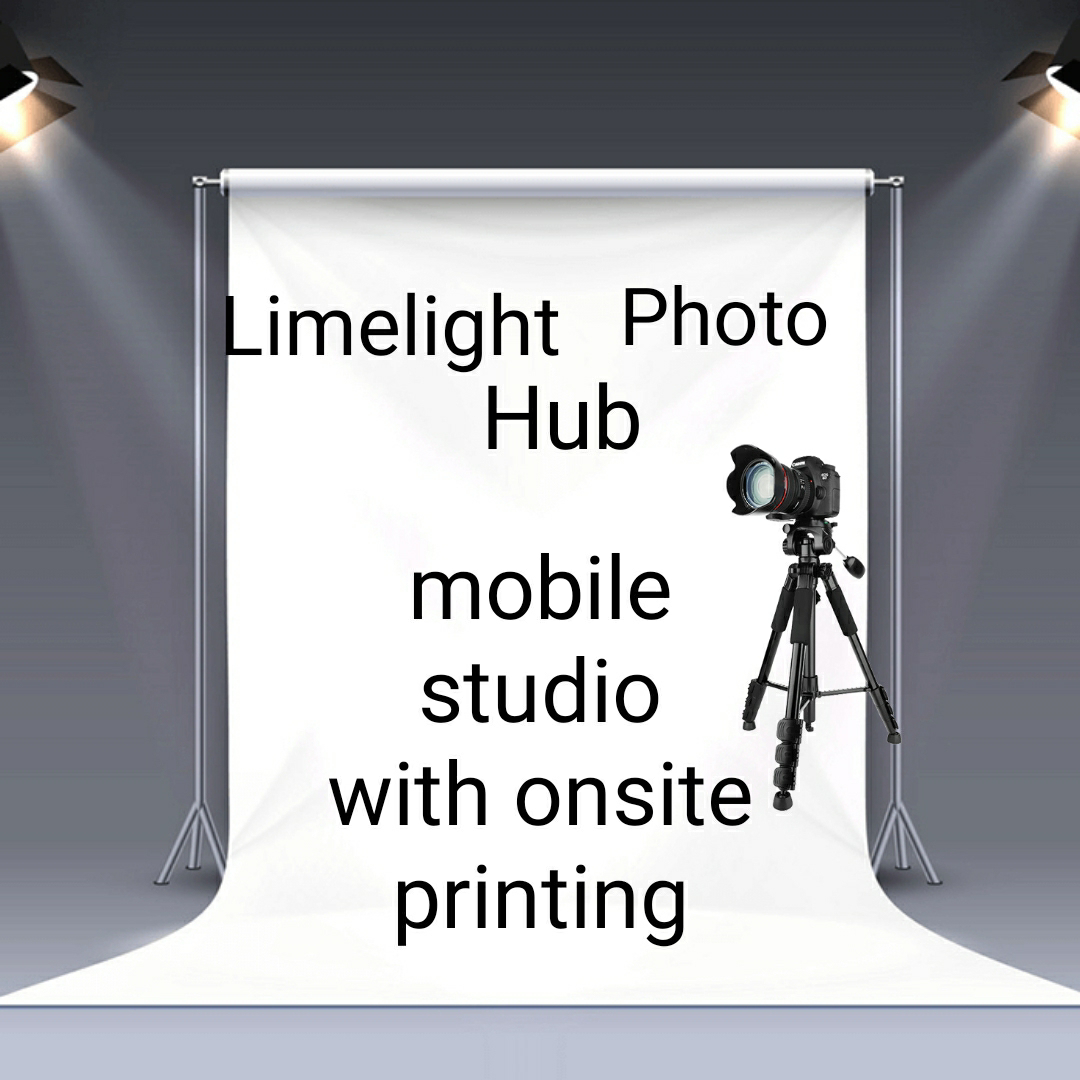The exposure triangle and how it affects your images.
EXPOSURE TRIANGLE
The exposure triangle consists of the SHUTTER SPEED, APERTURE AND ISO. They all work together to produce an image. Each element affects the image differently so knowing how they work will help you on your way to be a better photographer.
SHUTTER SPEED
The shutter speed is the speed at which the shutter opens and closes. The slower the shutter speed, more light enters the camera. The faster the shutter speed less light enters the camera. The shutter speed also affects motion; lets say you are shooting a fast moving subject and you want to freeze the motion, you would then use a fast shutter speed. But let say you want the subject to be blurred then you would use a slow shutter speed.
APERTURE
The Aperture is the opening inside your lens where light travels through the opening to the camera sensor.
The aperture is represented by f-stop or f-numbers. If you look on your camera you'll see numbers such as F1.4, F1.8, F2.0, F2.8 all the way up to F16, some lens' goes as far as F22. The smaller the f-stop the larger the opening in your lens and the larger the f-stop the smaller the opening in your lens. The larger the opening more light enters the camera and the smaller the opening less light enters the camera.
Aperture affects your depth of field. ( The depth of field is how sharp or blurry behind your subject is). The lower the f-stop the shallower the depth of field, the larger the f-stop the sharper the depth of field.
ISO
The ISO is how sensitive the camera sensor is to light. Its always good to use a low ISO whenever possible as this gives you a shapper images, where as a higher ISO introduces noise to the image. ISO is represented by number such as 100, 125, 160, 200 , 250, 320 all the way up to 25600 0n some camera. The lower the number , the less sensitive the Camera is to light, the higher the number the more sensitive the camera is to light .







Comments
Post a Comment